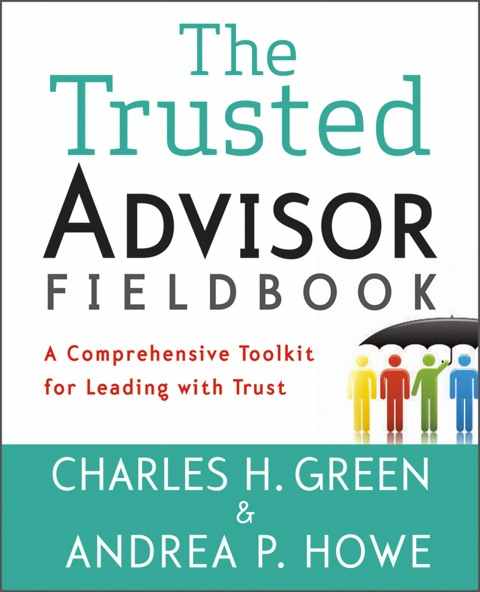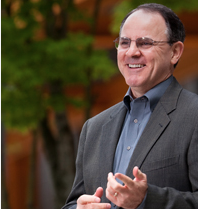Why We Don’t Trust Politicians (Part II)
In Part I, we said health care is a major cause of our declining trust in politicians. Our political inability to find a solution has led to massive economic costs, a subsidy-driven public sense of entitlement, and high-profit segments of industry hooked on maintaining the status quo. The situation is truly a mess.
We also promised a solution that might work – but with a challenge to politicians.
Context
America was built on free enterprise and an emphasis on individual achievement. We also have a long history of compassion for the least fortunate (based more on private charity than in some other countries). Both of those laudable goals have been elevated to near-constitutional status: the pursuit of liberty and the pursuit of life, if not of happiness.
The problem comes when the two collide: when some individuals can afford massively expensive healthcare but the collective society cannot.
If we focused solely on the ‘life’ side, we’d get a national health system that would limit choice and proscribe options for all. That is anathema to the ‘give me liberty’ ethos.
But focusing on ‘liberty’ alone would create discrepancies in health care (imagine ambulances carting one victim of a car crash to hospital while leaving another on the pavement) widely perceived as unjust.
Most other countries have faced this problem.
The most obvious solution is a two-tier system: a public system providing basic and preventive care for all, and a private system paid for with after-tax dollars for those who can afford more. Similar systems exist in Canada and the UK, for example.
While most other countries accept this basic design – which treats healthcare as a universal right – in the gridlocked state of affairs in the present-day US, that solution feels like offending every special interest group in the country.
And so we watch, collectively, as our inability to act slowly freezes our remaining degrees of freedom. And still we don’t act.
The Solution
Any solution must face one certain fact: we cannot afford to give the best possible care to everyone at all times. Canada and Britain have found their version of addressing this simple fact. We need to find an American twist to gain acceptance from our peculiarly American sensibilities.
Let’s be clear: this means, of necessity, a means-tested public system that won’t buy you knee replacements to improve your tennis game, acne treatments to fix your complexion or motorized wheel chairs to get you around your home. It won’t allow doctor choice or the right to sue.
Instead, it would be take a number and take your seat to see the doctor who, by the way, wants to work an eight-hour day for a modest salary and a regular schedule. It would be a system in which people of means could get more and better care – because they can afford it – and it would require a public ethos that accepts this disparity the same way it accepts Mercedes on public highways.
The private system could be employer-provided (taxable to the employee as compensation), or paid for personally with after-tax dollars. Those who choose not to insure and who don’t meet means-test requirements would be cared for by the public system but billed for services at full retail rates.
Care in the private system would be better in some ways (more time with patients), but worse in others (MRI machines and drugs would lack the cost-reducing scale they enjoy today).
Because people in the private system would pay for their healthcare and people in the public system will face waits and limited services, both will choose to use less of it – and devote more of their income to other goods. Lower utilization will drive down costs. Those in the private system will be more aware of costs. Those in the public system will get necessary care, but not everything they might want. There will be fewer hospitals with sophisticated equipment; fewer stand-alone surgery centers owned by doctors; less research to improve care and treatment; and less profit for the health care industry.
Getting to the Solution
Just as not everyone can be a millionaire, not everyone can have the very best healthcare. Just as some of us have better housing and more discretionary income – so some of us will have better health care.
What is ironic about this approach is that it ought to be easy for Americans. Given the twin ideological goals of equality and liberty, the US has always put more emphasis on liberty, compared to Europe and much of the world. The American answer to disparity has always been the ability to say, “That is today – but I can change this world for the better, for myself and my children.”
Where our politicians have truly let us down, and earned our distrust, is by betraying this American sense of the future. They have been peddling short-term solutions, promising everyone everything, here, now, today.
They are not alone in spreading this bad thinking – just look at banking and housing. But we’re talking about health-care here, and it’s politicians who must let go of promising the greatest possible healthcare to everyone all the time.
Americans know well how to offset inequality with hope. Maybe the ultimate reason we don’t trust our politicians is that they are being un-American, promising us the moon when we know all too well which planet we really live on.
The road to trust, for politicians, has got to go through Truth.

 Sometimes I get annoyed. Usually, that means I’m thinking like an idiot. Sometimes, however, it produces useful ideas.
Sometimes I get annoyed. Usually, that means I’m thinking like an idiot. Sometimes, however, it produces useful ideas. Last week I had the pleasure of speaking in Minneapolis at the annual meeting of the
Last week I had the pleasure of speaking in Minneapolis at the annual meeting of the 
 Charlie and I recently recorded a podcast interview with Mike McLaughlin on the subject of trust and professional services. We covered a lot of ground in 16 minutes, including the one piece of advice we’d each give consultants about building trust with clients.
Charlie and I recently recorded a podcast interview with Mike McLaughlin on the subject of trust and professional services. We covered a lot of ground in 16 minutes, including the one piece of advice we’d each give consultants about building trust with clients. As of October 23, 2011, I have been declared by the U.S. Customs and Border Protection to be a “
As of October 23, 2011, I have been declared by the U.S. Customs and Border Protection to be a “